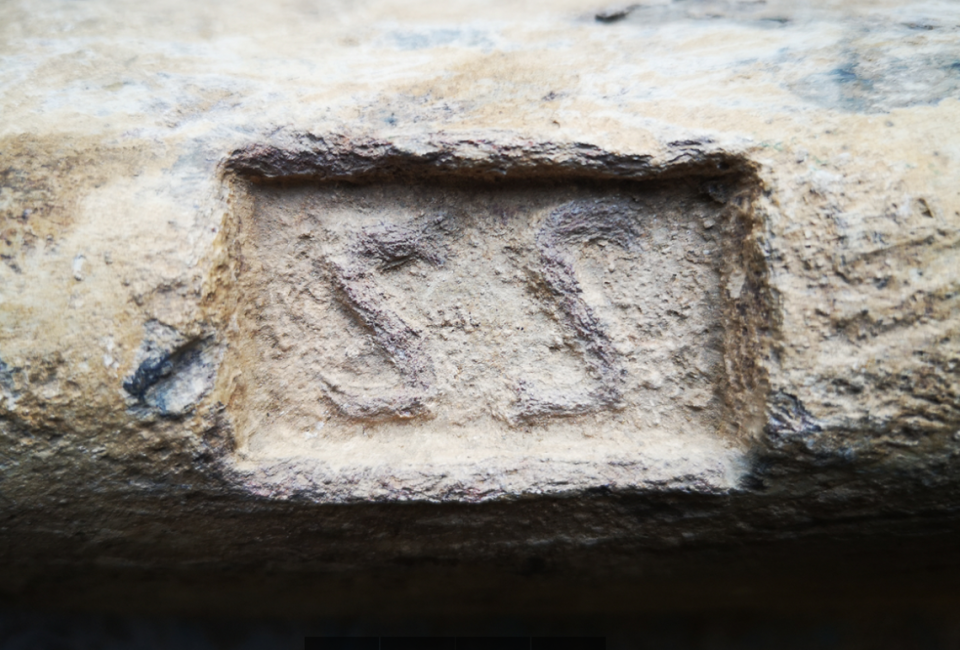2,000-year-old Roman lead bars found in Spain shed light on ancient mining, study says
Archaeologists recently analyzed three ancient lead bars discovered in Spain, shedding light on the mining industry in the Roman era.
The three-sided bars — referred to as ingots — were unearthed during the construction of a gas pipeline in Córdoba, southwestern Spain, in the 1990s. But until now, they have never been studied in depth.
The ingots, which weigh between 50 and 70 pounds, date to the first century A.D., making them around 2,000 years old, according to a study published on May 3 in the Journal of Roman Archaeology.
Uncover more archaeological finds
What are we learning about the past? Here are three of our most eye-catching archaeology stories from the past week.
→ Archaeological site robbery report leads to ancient discoveries in Peru
→Medieval treasure — belonging to legendary scammer — discovered in Poland mountains
→ Rare collection of centuries-old fabric and shoes discovered in Poland. Take a look

They’re stamped with the letters “SS,” which refers to Societas Sisaponensis, an ancient mining company active in the region.
The company’s name came from the city of Sisapo in the Roman province of Baetica. The lands in the province were home to rich deposits of minerals, which were the main money source for wealthy Roman families in the region.
The company is well-documented in historical literature, being referred to by the Roman politician Cicero and author Pliny the Elder.
According to the accounts from the latter, the materials mined by the company were exported to Rome.
The objects were used to manufacture a variety of commonplace tools, including spoons, pipes and tiles, according to a news release from the University of Córdoba.
The discovery of the ingots provides further evidence that the company’s mines in the region served as an important center for the Roman Empire.
Other Roman ingots have been discovered throughout the Mediterranean, but typically they have been recovered from shipwrecks — whereas land-based finds are more rare.
Google Translate was used to translate the study published in the Journal of Roman Archaeology.
Ancient scroll charred by volcanic eruption reveals what Plato did in his final hours
Gardener weeding a raspberry patch unearths 4,500-year-old tool in Poland. See it
440-pound sculpture — used as ritual table by Mayans — discovered in Mexico. See it

